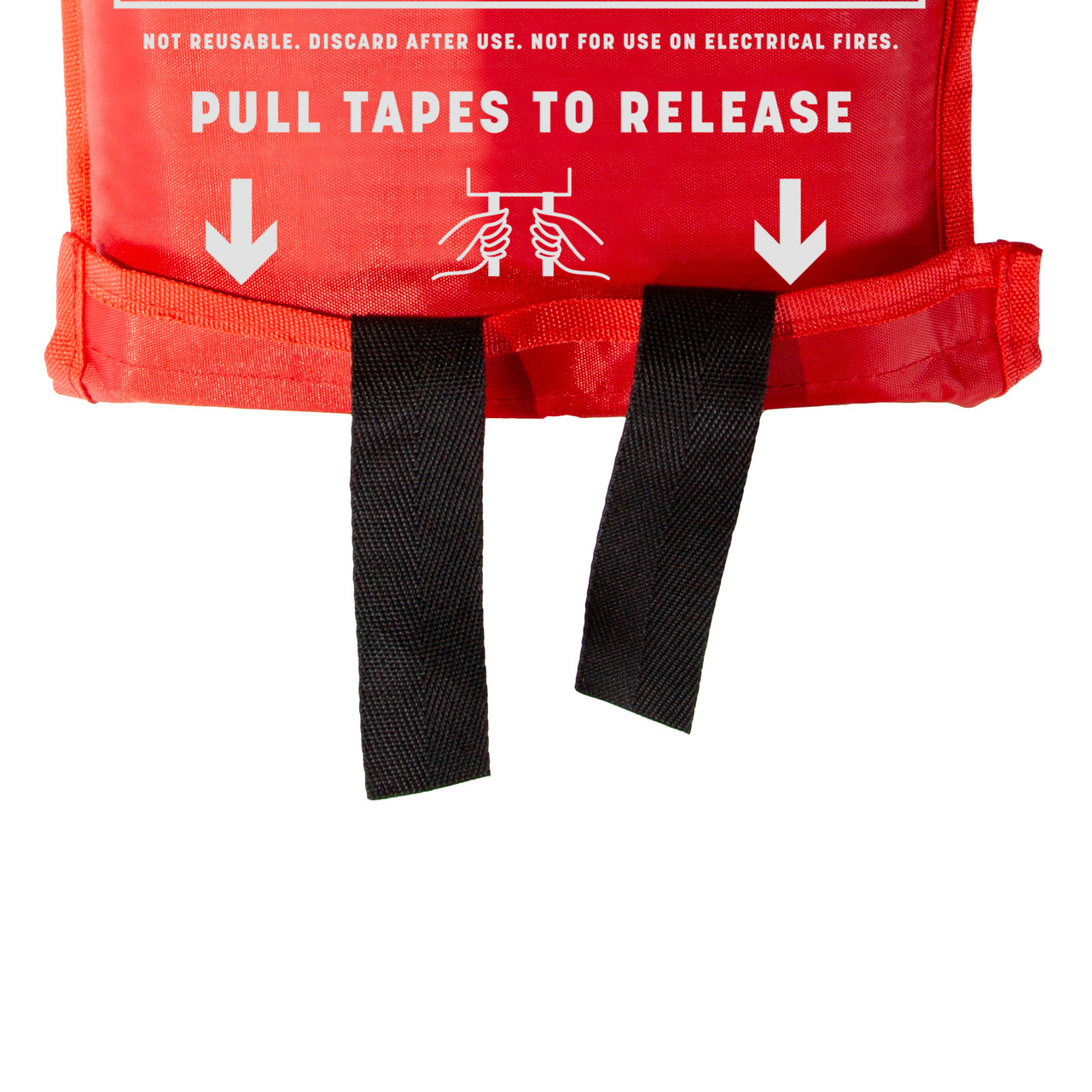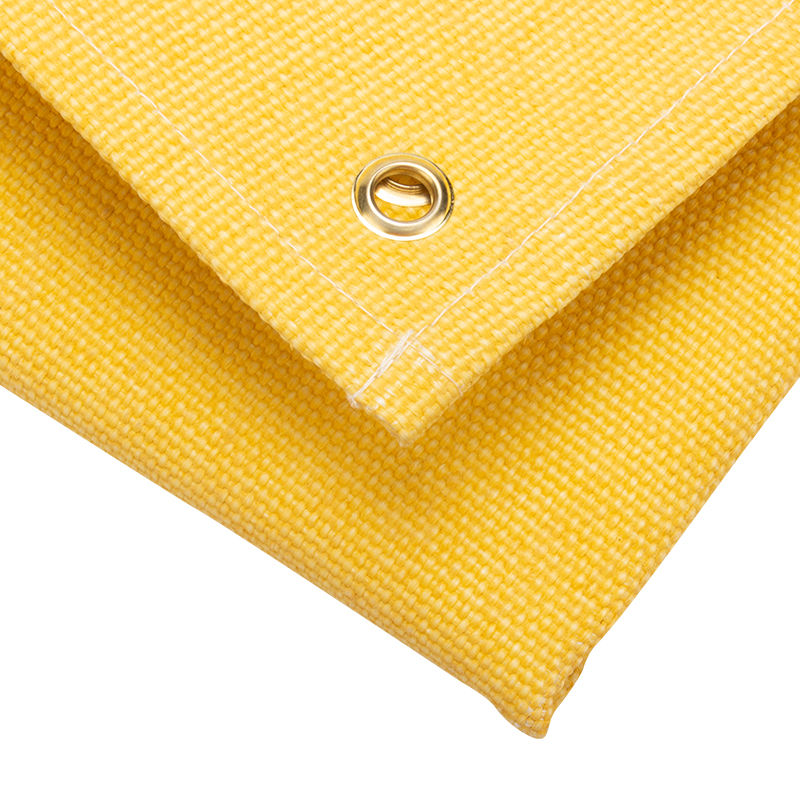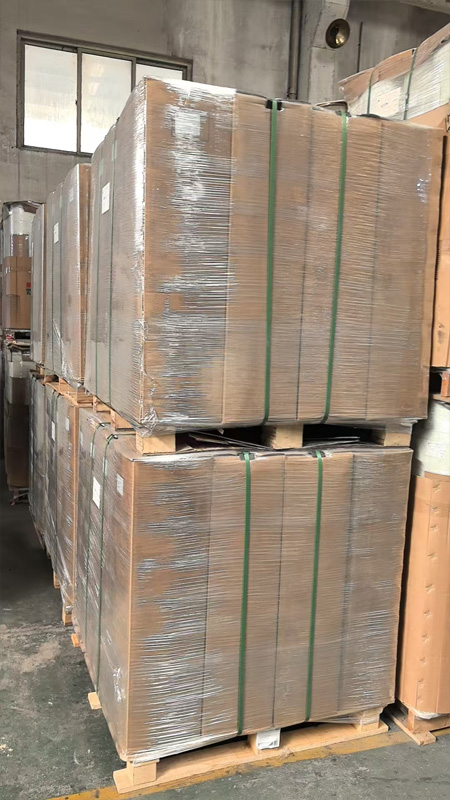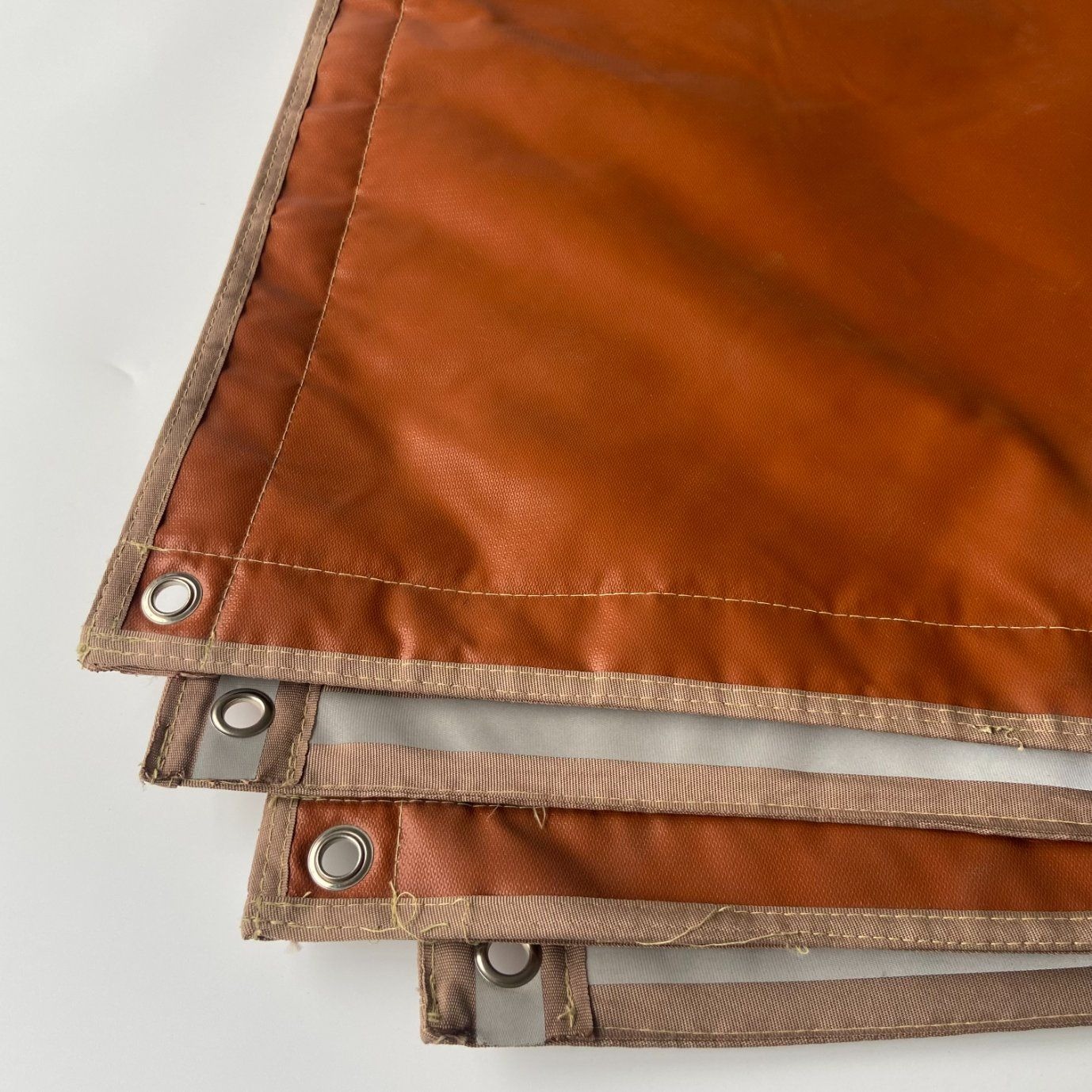Fireproof Blankets: Essential Safety Gear for Home and Workplace
Fireproof blankets are crucial safety tools that smother small fires by cutting off oxygen. This guide explains their materials, proper usage, maintenance, and key selection criteria for optimal protection in various settings.
What Are Fireproof Blankets?
Fireproof blankets, also called fire blankets, are safety devices made from flame-resistant materials designed to extinguish small fires. Unlike fire extinguishers that use chemicals, these blankets work by smothering flames, starving them of oxygen.
Modern fireproof blankets typically consist of fiberglass or wool treated with fire-retardant chemicals. They come in various sizes, from small kitchen versions (1m x 1m) to industrial-grade blankets (1.8m x 1.8m or larger).
Key Fact:A properly used fireproof blanket can extinguish most small fires in 30-60 seconds without leaving chemical residues like fire extinguishers do.
When to Use Fireproof Blankets
You should keep fireproof blankets readily accessible in these locations:
- Kitchens:Ideal for grease fires (never use water on these)
- Workshops:For electrical equipment fires
- Garages:For flammable liquid fires
- Bedrooms:As emergency escape tools
Fireproof blankets work best on small, contained fires. Never attempt to use them on large fires that have spread beyond their origin point or fires taller than you are.
How to Use Fireproof Blankets Correctly
Follow these steps for effective fire suppression:
- Pull the tabs to release the blanket from its container
- Hold the blanket with your hands protected by its folded edges
- Place the blanket gently over the flames from the nearest edge
- Leave the blanket in place for at least 15 minutes to ensure the fire is out
- Call emergency services if the fire persists
Remember to practice using your fireproof blanket periodically so you're prepared during an actual emergency. Many people panic and make mistakes when using safety equipment for the first time during a crisis.
Choosing the Right Fireproof Blanket
Consider these factors when purchasing:
- Material:Fiberglass offers better heat resistance (up to 1000°F) while wool is more flexible
- Size:Larger blankets (1.5m x 1.5m+) provide better coverage
- Certifications:Look for UL, CE, or ISO certifications
- Storage:Wall-mounted cases allow quicker access than drawer storage

For commercial kitchens, choose fireproof blankets specifically rated for grease fires (Class K rating). Industrial settings may require blankets with higher temperature ratings.
Maintenance and Care
To ensure your fireproof blanket remains effective:
- Inspect monthly for tears or damage
- Replace if the material becomes stiff or brittle
- Clean only according to manufacturer instructions (typically gentle wiping)
- Replace every 5-7 years even if unused
Store your fireproof blanket in an easily accessible location away from direct heat sources. Avoid storing in humid areas that could degrade the materials.
Fireproof Blankets vs. Fire Extinguishers
While both are valuable safety tools, fireproof blankets offer advantages in certain situations:
- No chemical residue to clean up
- No maintenance required (extinguishers need regular pressure checks)
- Easier to use for people unfamiliar with fire safety equipment
- Can be used to wrap around a person whose clothes are on fire
However, fire extinguishers can handle larger fires and work from a safer distance. For complete protection, most safety experts recommend having both in your home or workplace.
Pro Tip:Keep a fireproof blanket near your fireplace, grill, or any area where open flames are present. These are often overlooked fire hazards in homes.
Specialized Fireproof Blankets
Beyond standard models, consider these specialized options:
- Welding blankets:Extra-thick for spark protection
- Emergency escape blankets:Lightweight for carrying during evacuations
- Industrial blankets:For high-temperature environments like foundries
- Vehicle fire blankets:Designed for car engine fires
Some modern fireproof blankets incorporate innovative features like heat-resistant viewing windows or glow-in-the-dark pull tabs for low-light situations.
Final Safety Recommendations
While fireproof blankets are excellent safety tools, remember these key points:
- Always prioritize evacuation over firefighting
- Never re-use a fireproof blanket after deployment
- Teach all household members or employees how to use them
- Pair with smoke detectors for complete fire protection
By understanding proper fireproof blanket selection, placement, and usage, you significantly improve your ability to respond effectively to small fires before they become emergencies.






